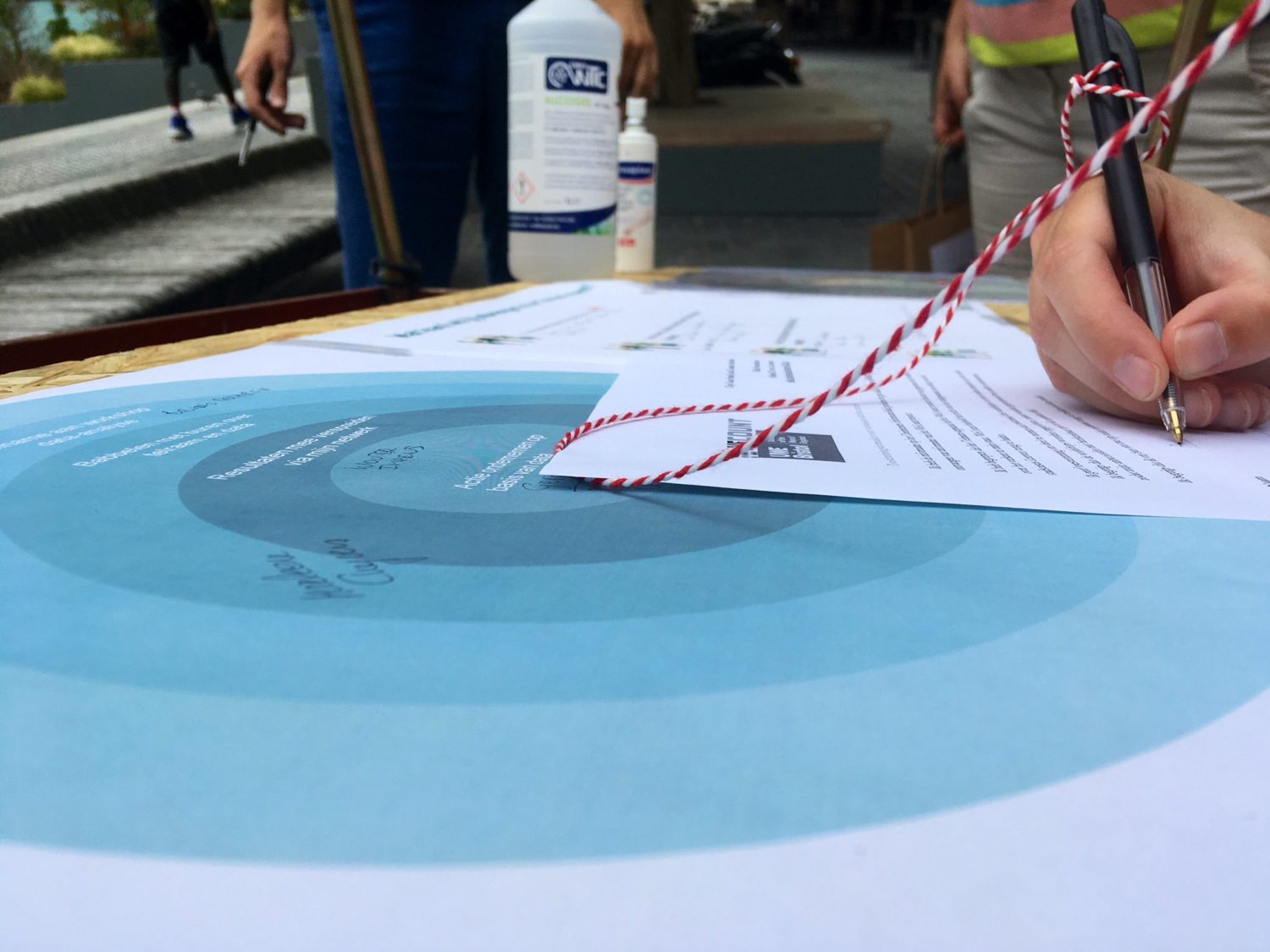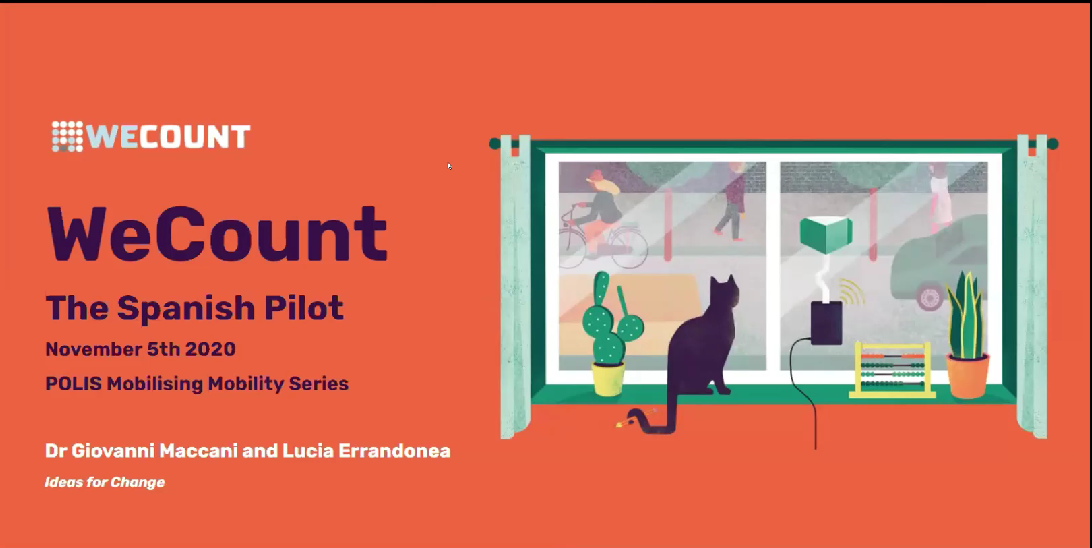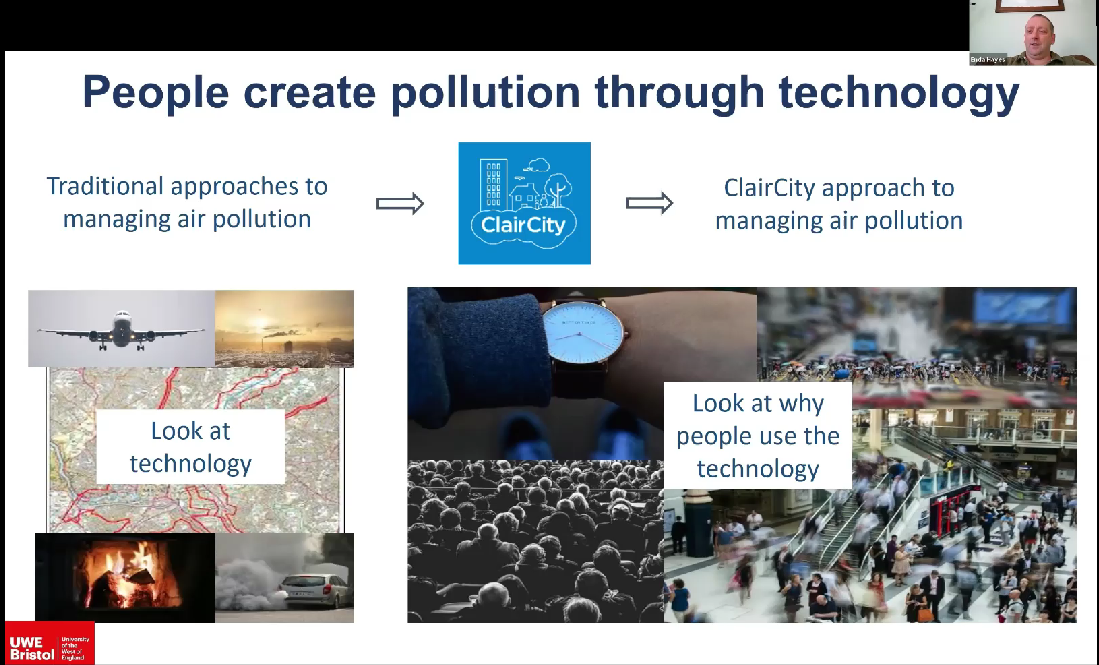
WeCount sheds light on how to pioneer urban mobility by the people, for the people

As climate change looms and COVID-19 continues to disrupt everyday mobility, public authorities, academics, and private providers are desperately seeking new transport solutions. This requires new- and creative- data collection techniques. Citizen Science is emerging as a unique, yet effective mechanism. Using data collected by citizens, on everything from traffic counts to air quality, cities and regions are addressing key challenges facing urban mobility.
However, to ensure citizen science is utilised effectively, projects must share their best practices and coordinate efforts accordingly. To discuss the way forward for citizen science, We Count joined Clair City for a webinar - organised in cooperation with POLIS Network’s Mobilising Mobility Series.
Speakers included Kris Vanherle, Researcher at Transport Mobility Leuven, Enda Hayes, technical director of ClairCity and Professor of Air Quality & Carbon Management at the University of West England as well as Lucia Paz Errandonea and Giovanni Maccani from Ideas For Change. The panellists reported the findings from WeCount and ClairCity pilot projects across Europe, highlighting the challenges and opportunities the use of citizen science presented.

First up, Kris Vanherle provided a comprehensive overview of the technologies involved in the WeCount’s tabulation of traffic data, examining the Telraam sensor technology at the heart of the project. Vanherle also examined how citizen scientists were being engaged in WeCount’s activity through the design, data analyses and legacy processes.
“Citizen engagement is quite complex”, he said. “But a project like this does not work unless it is co-designed with the citizens involved.”
This was followed by Giovanni Maccani and Lucia Errandonea’s exploration of WeCount’s Spanish pilot. Maccani reported on the role of community champions, as well as the challenges faced in the practical deployment of sensor technology, while Errandonea revealed the data collection process.

They revealed the importance of flexibility and adaption to new and unseen challenges for citizen science projects.
“COVID-19 was a big issue, we had to move everything online and it changed our strategy completely, we had to implement new online tutorials”, Maccani said.
The webinar then moved from Spain to Bristol, where Enda Hayes tuned in to report on activities pioneered by ClairCity, a project which examined air pollution in several cities and regions across Europe. Hayes shared the tools and techniques the project used to engage citizens across Europe in the project.

“As we all know, each city and region is unique, with its own mobility patterns, cultures and problems; yet air pollution has long been managed in a technocentric way, instead we wanted to give citizens ownership of the problem, and ownership of the solutions, empowering them to decide what their future city looked like,” said Hayes.
Their presentations spurred a lively discussion.
“How can we ensure the efforts of citizens remain at the centre of decision making by stakeholders?” asked one viewer. A question which generated a passionate conversation about the best avenues for keeping citizens at the heart of mobility policies.
“At the end of the day, what is the point of all of this, if not to generate change for our citizens?” responded Vanherle.
The webinar provided a fruitful discussion on the face of citizen science today, the practical challenges for deploying technology and analysing data, as well as offering advice (and encouragement) to those seeking to use similar data collection processes.
The webinar proved an interesting, and indeed useful tools for advising policymakers and stakeholders how best to deliver tangible changes to urban mobility, with citizens at the core. Stay tuned for more!